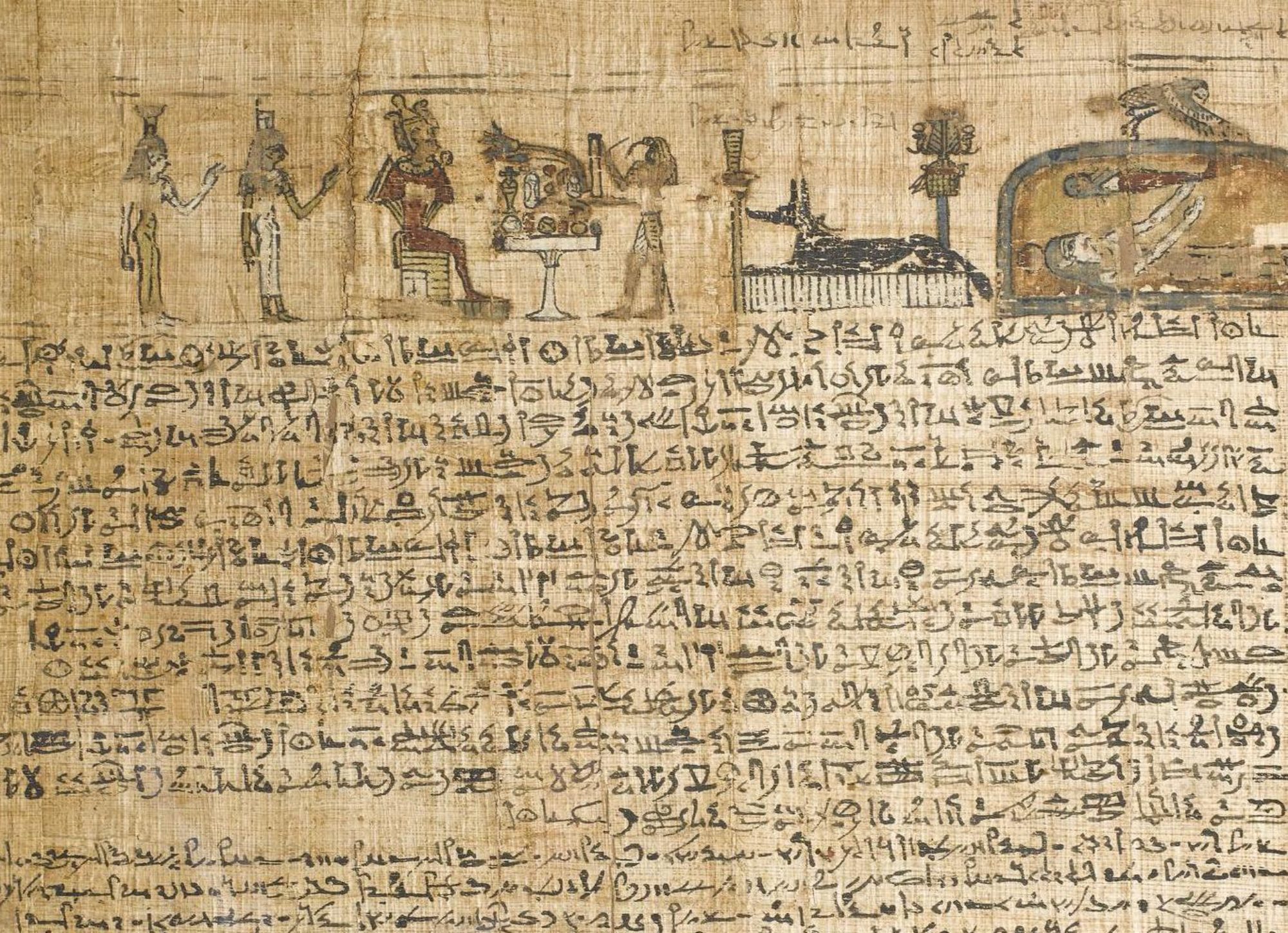While many people I meet labour under the misconception that there is very little left in Egypt to discover (though not for long, after I’ve gotten hold of them!), the reality of the situation is clear to anyone who has travelled in Egypt itself. The landscape is littered with monuments and the debris of millennia of civilization. While much of this is not quite as obvious as the Great Pyramid, remaining hidden in the desert sands or beneath modern city streets, everywhere the ruins of ancient Egypt are inescapable. At many sites, like Saqqara, the location of the first step pyramid, you cannot take a step without standing on crushed pottery sherds or broken limestone building blocks thousands of years old. In fact, the map of archaeological sites that I will discuss below lists, for example, approximately 125 sites within the Ash-Sharqiyyah governate alone!
The problem with Egyptian archaeology is not trying to find anything left, but rather trying to deal with the overwhelming amount of material out there. In reality, there is simply more ancient Egypt than modern Egypt can really handle. Not to disparage Egypt’s efforts, since caring for such a rich cultural legacy would present a daunting prospect for any country, but their political and economic situation undoubtedly make it much more of a challenge.
I recently had the pleasure to hear an excellent talk related to this subject given by Penelope Wilson of Durham University discussing some of the issues raised by the way sites are dealt with by the Egyptians, under the auspices of the SCA (Supreme Council of Antiquities). It was given in Oxford as one of a number of research seminars offered by the departments of Egyptology and the Ancient Near East and held at the Oriental Institute. These seminars allow academics and doctorate students to present and discuss their latest research with their peers and also offer the delightful prospect of tea afterwards. Penny Wilson of Sais excavation fame presented one of the recent sessions, entitled ‘Defining Delta Sites’. I have had many opportunities to hear countless Egyptologists’ speak about the archaeological process in their own work, but it was fascinating to instead hear an Egyptologist’s take on the current general situation and her greater philosophy on how we approach identifying, investigating, and preserving archaeological sites.
Her thoughts were presented partially as a reaction to the ‘Historical Sites of Egypt’ being produced by the Egyptian Antiquities Information System, the GIS department of the SCA (strangely enough in conjunction with the Finnish Government for some reason). The map and catalogue of information as it stands so far is fairly impressive considering the monumentality of the task. The identification and assessment of the sites though is focused around land ownership and sites are variously categorized as either property of the SCA, under SCA supervision, under registration request (some as far back as the 90s), or site under research. One of the problematic aspects of this system is that it doesn’t distinguish between more or less substantial sites, or between different eras, lumping together a Ramesside temple in with a site with a vague scattering of Roman pottery.
Another negative aspect of a site identification system based on land ownership is that land that has been sold off and no longer belongs to the SCA is not included. Theoretically, this shouldn’t be a problem since the SCA is only supposed to sell off land that has been deemed unfruitful in preliminary excavation. However, the reality that Professor Wilson accidentally discovered when surveying at one of these sites was that SCA had done a trench survey there and had declared the site devoid of interest despite having turned up very obvious evidence of ancient settlement! Wilson then turned her attention to the famous site of Merimde Beni Salame, which lent its name to a phase of Neolitic Egyptian culture, and managed to elicit gasps from the audience by her announcement that the site has been reduced to a small desert strip, the rest having been sold off for agriculture.
Wilson commented that although the SCA will send out representatives if any archaeological remains turn up during construction work, it is unfortunate that there are not SCA officers on the ground who could do assessments as foundations were being dug. In fact, during the much-publicized building of the reconstructed Sphinx Avenue in Luxor that is ongoing now, several sphinx statues have been uncovered, but only when bulldozers have plowed through the site rather than through proper excavation before the construction work. Having worked on an excavation in the Delta myself, I can attest that while the intentions of the SCA employees that we worked with were good, their training and knowledge was lacking and impaired their performance.
Even with sites wrongly left off of the map, there is still an immense number that have been identified, which raises the question how much of it do we bother with? Archaeology has to believe in its own paramount importance to justify its work, but the fact is that when there is just so much of it all, one can’t hold everything sacred. Some sites can be seen as representative of general cultural trends. It is always best to have a number of examples, but there is little need for evidence to be duplicated again and again. One priority that archaeologists need to focus on just as much as excavating new sites, is preserving what we already have.
Although she catalogued numerous concerns with the SCA’s handling of Delta sites, Wilson pragmatically recognized that with an excess of more sites than there are excavators or resources that could handle them, or would even want to, it is perhaps better to resign oneself to letting some of them go for now. While it goes against archaeological principles, I fully agree that practicality must be considered alongside idealism. If the sites have waited for thousands of years, they can probably wait a few more.
